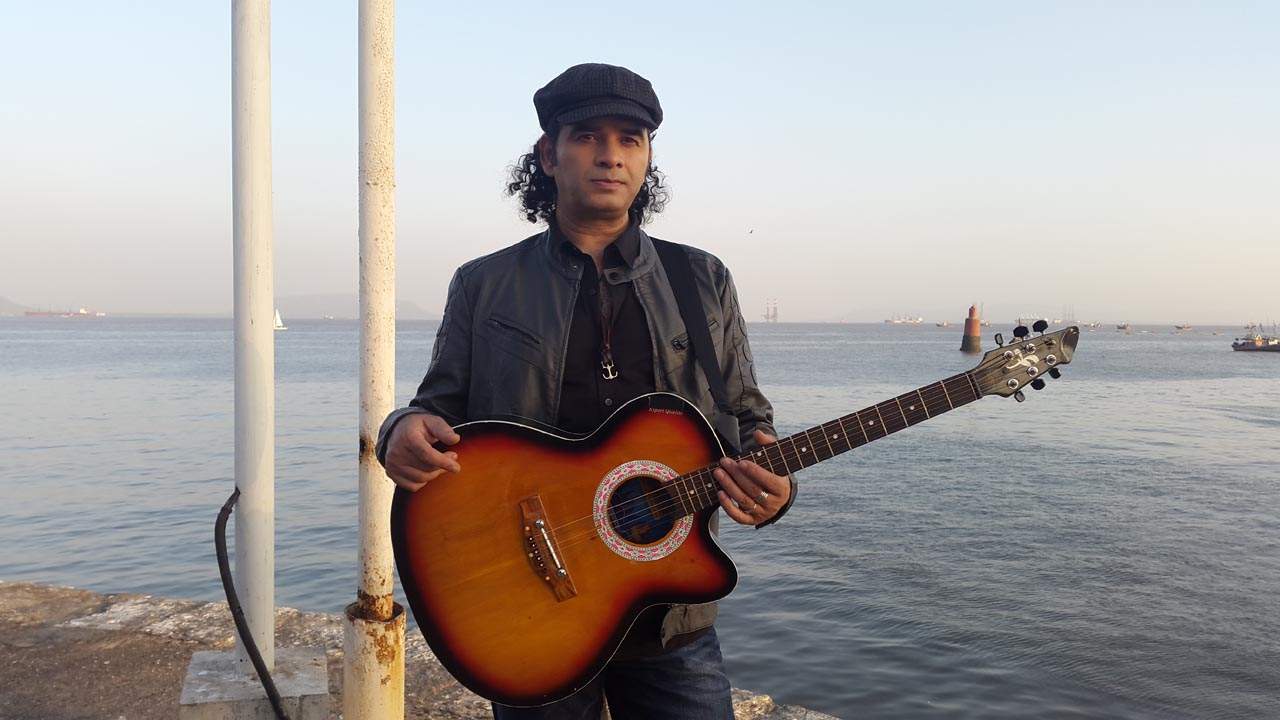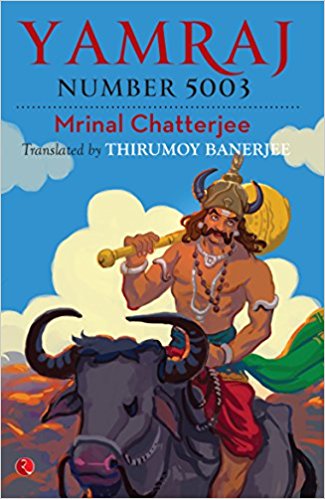By Sunaina Kumar
A FEW YEARS AGO, Dayanita Singh was asked to define Indian art photography. She reportedly replied, “There’s no such thing!” Since then, some things have changed. There are a handful of galleries dedicated to exhibiting photographs across the country and there finally exists both a primary and secondary market for the medium. Importantly, there are buyers who find themselves in an “in between space” as Raghu Rai puts it, who have money to invest but find other forms of art inaccessible. Some want to invest in photography as a form of art that is modern and edgy. But in a developing market like India, many shy away from the idea of owning one of several editions of an artwork. (Most photographers release several editions of a photograph.) This is a moment of churning with Indian photographers going the whole hog from social documentation (Ryan Lobo, Amit Madheshiya) to shooting in personal spaces (Sohrab Hura, Swapan Parekh) to the staged pictures currently so hot in the West (Nandini Valli Muthiah, Tejal Shah) to the ever popular city photographers (Zubin Pastakia, Dhruv Malhotra). As photography in India goes through a revolution, meet four young shutterbugs.
| Nandini’s style sheet: Staged photographs. Fabulous costumes. Meticulous detailing. Cinematic hangover |
|
|
NANDINI VALLI MUTHIAH chose to work with posed portraits because she felt her natural timidity restrained her from approaching random people and asking if she could click them. Taking cues from the 19th century portraitist Lala Deen Dayal, her work is admired as much for its lushness and opulence as for its inherent subversiveness. Her prints sell for no less than Rs 65,000, often more. A true Tamil movie buff, Muthiah claims she would have been making films had she not discovered that she hated being a team player. But this cinematic hangover is evident in her work — from the visual texture to the execution. Like a filmmaker, she first gets her idea in place, then her cast, followed by lights and props. “I take time to conceptualise and then stage the shots.”

Her first exhibition The Definitive Reincarnate (2007) blended performance art with high concept as she photographed a blue-tinted Krishna-like figure dressed in full regalia in discordant modern backdrops like Chennai cityscapes or posh hotel rooms. This emphasis on concept is something Muthiah believes she picked up at art college, a quirk that photographer Sunil Gupta (who recently curated her work) says sets her apart from the crowd. “She is taking up some critical concerns of contemporary photography. She is meticulous in her detailing, and formal organisation of the pictures. She uses cultural artefacts, colours and costumes, but places them in a modern context,” says Gupta.
In her latest project Remembering to Forget, Muthiah takes up a similar stereotypical Indian concept, that of the fancy dress day in school, and morphs it with her tribute to studio portraits. Children dressed as Swami Vivekananda or Indira Gandhi pose in front of vibrant backdrops at a school in Chennai.
“Everyone has a happy memory of wearing costumes in school, but there is loads of irony, as most children reflect their parents’ aspirations when they dress up as nurses or doctors,” says Muthiah. The series is currently showing at Vadehra Art Gallery in Delhi.
| Vidura’s style sheet : Documentary photography. Loves China. Long-term projects. Lives with his subjects |
|
|
TEN YEARS AGO, Vidura Jang Bahadur took a trip to China with a friend that turned serendipitous in a way that trysts with alien cultures often do. An impulsive decision to stay in China and teach English eventually turned into a decade-long tribute to a misunderstood people.
His first exhibition Meiyou Wenti! (2003) chronicled his travels across the length and breadth of the country, capturing the people and their customs. (Journeying through Tibet yielded Tsampa on My Shoulder, a series of black and white postcards, where the people and landscape merge in poetry.)

The romance with China continues even today as Bahadur works closely with the Chinese community in various parts of India on a self-sustained project, Home. The series of photographs records transitions within the community, catching people off-guard as they go about their daily lives. The result is surprisingly quiet and understated — a man sleeping on a chair as a group of people around him play mahjong or a dinner table with a family passing food to each other.
Bahadur is aware that his style is not very commercial. He does not like taking on too many projects at once. “I enjoy long projects, exploring a community and living with them. What makes a picture special is when it reflects your own experience and voice. My pictures on China are not an ethnographic project. It is about understanding personal experience,” he says. This thoughtfulness that pervades his documentary work is also visible in his project on his grandmother. For the past 12 years, Bahadur has been photographing his grandmother in an attempt to understand intimacy and see where it takes him. The poignant frames corroborate photographer Sanjeev Saith’s analysis of Bahadur’s work — “He is not in a rush to sell his work, and that makes him special. He is concentrating on producing a body of work in its entirety. Unlike many documentary photographers who just observe, he lives with his subjects and delves deep.”
Although not associated with any gallery currently, his market price when associated with Bodhi Art until a couple of years ago would be pegged at Rs 30,000 or even higher.
| Sohrab’s style sheet: Highly experimental. Thinks of himself as a book-maker. Bleached images |
THERE ARE TWO parts to Sohrab Hura’s work: the raw, intimate pictures that he takes of his mother, lover and friends, and the social documentation that takes him to the heart of India to bear witness to abject reality. One half Raghu Rai, the other Richard Bartholomew.

Art critic Nancy Adajania says, “His photographs portray citizens living on the edge. Hura’s oversaturated or bleached images bring aura back into photography.”
For the Delhi-based Hura, photography is at once life, but also just an incidental medium. “If I was not taking photographs, I’d still be living my life the same way,” he says. His pictures speak a language of their own. Be it the nightgown of his mother hanging on a door, the garment that she was wearing when she was forcibly taken to the hospital, and Elsa, his dog looking soulfully into the camera from underneath a duvet, as Hura tells us that his mother’s schizophrenic episodes upset her pet the most.
“I turned inwards when my mother fell ill,” he says. Life is Elsewhere is a self-published book that documents everything that makes up Hura’s world, a project he has been updating over the years. “It has helped me come to terms with my mother’s illness and discover myself.” But he does fear the project may become a narcissistic exercise.
Despite the fact that he is not keen on selling his work, he does sell the occasional print to friends and collectors. This year, he sold a single print at the India Art Summit for Rs 50,000. In spite of being absent from galleries, his work has travelled to several international photography festivals, where he has found a mentor in photography critic Christian Caujolle.
RYAN LOBO’S cherubic face does not betray the hardness you would expect from a war photographer. Yet, he has been to almost every conflict zone in the world, through Afghanistan, Iraq and Liberia. His exhibition War and Forgiveness is full of stark and arresting moments, freeze frames in the middle of all the action — a soldier with a gun obscured by poppy flowers, children whose faces bear witness to despair.
Lobo’s other medium of choice — documentary filmmaking — complements his love for photography perfectly, and recently won him an award at the Sundance Film Festival for the film The Redemption of General Butt Naked. The film documents the experiences of a former mass murderer in Liberia who traces his victims to beg for forgiveness. An unforgettable photograph taken along the way is the one where the General begs a woman for forgiveness for killing her brother. “I recall thinking that I’d witnessed something immense,” he says.
Perhaps the only thing about Lobo that hints at his passion for strife zones is that he is inexorably drawn to danger: “One has to be aware of one’s way of looking, independent of what happens outside oneself. I have sometimes felt most happy during the direst of circumstances by just knowing that I am supposed to be where I am,” he says.

Eminent war photographer James Nachtwey described photography as the ability to evoke humanity, and thus the opposite of war, which negates humanity. This contradiction plays out in Lobo’s work of 2007, which, incongruously enough, is focussed on weddings. The Wedding Season, ostensibly about camaraderie and joy, is imbued with the melancholy of being alone in a crowd. The boy who stands by a large amplifier dwarfed by the grandness of the room and the bride waiting nervously.
Art critic Ranjit Hoskote says of Lobo’s works (that sell for Rs 30,000): “He weaves the documentary and the epiphanic together. Lobo’s photographs do not lull us into a sense of at-homeness in the world, rather, they challenge us into awareness.”
Sunaina Kumar is a Special Correspondent with Tehelka.com
sunaina@tehelka.com








